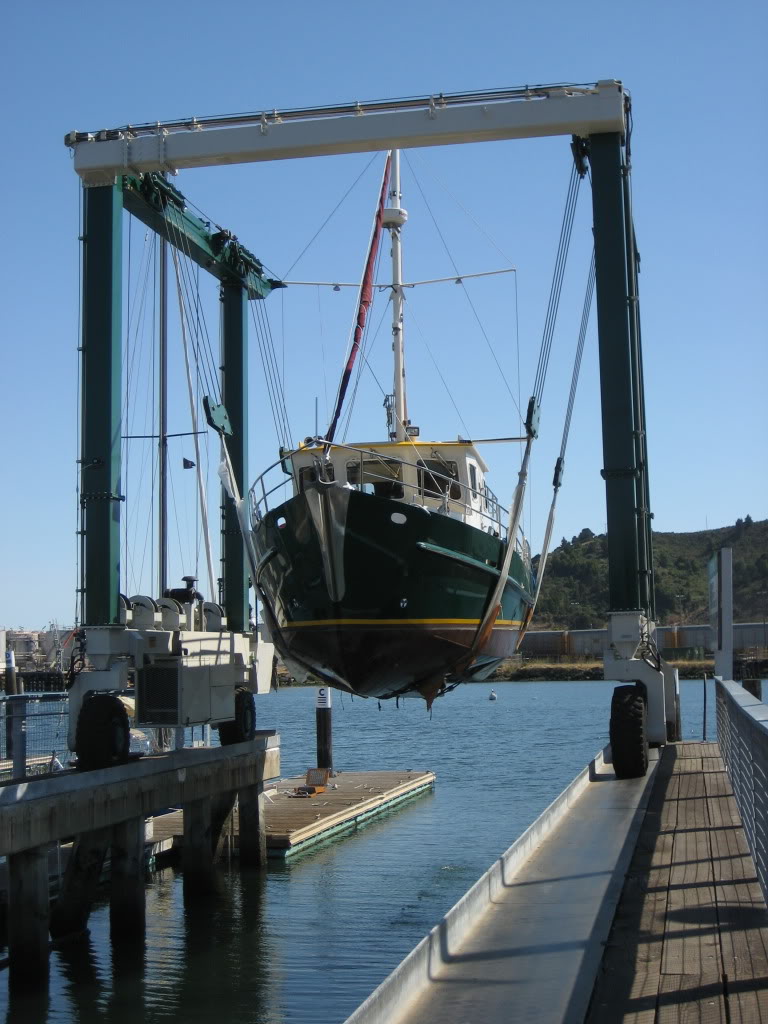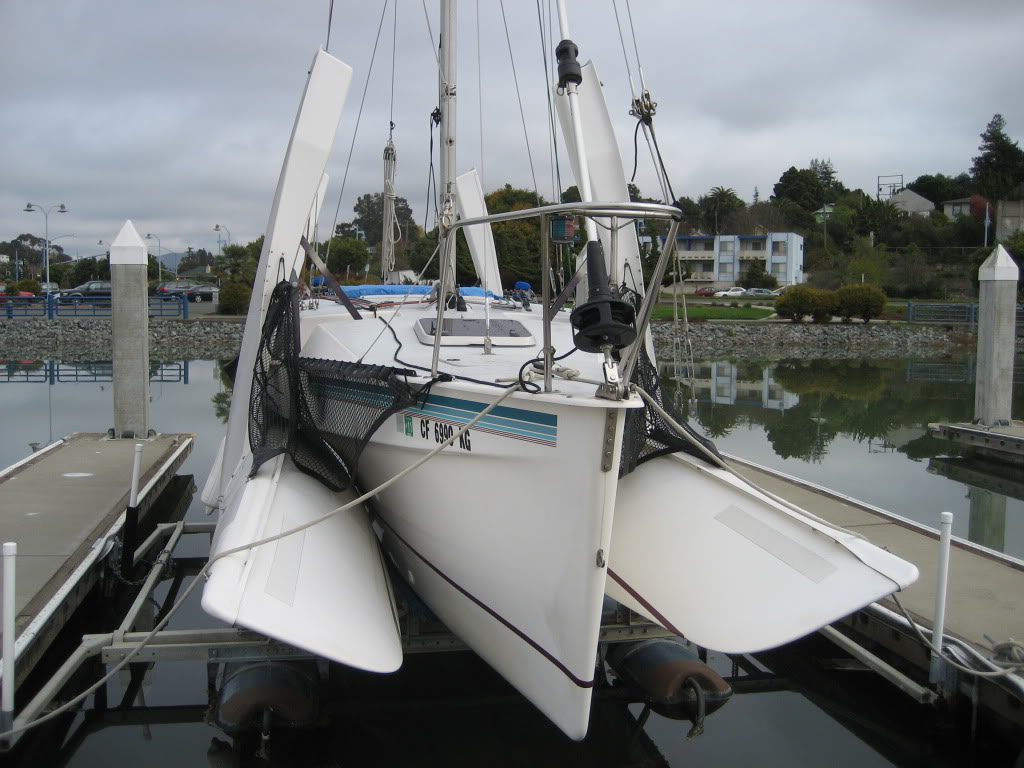VAtrawlerguy
Veteran Member
- Joined
- Oct 4, 2011
- Messages
- 25
My better half and I decided we'd like to spend the next chapter of our lives living aboard a boat and spending the winters in milder climates. Previously, we spent over five years living in a 40' motor home traveling all over the US and spending the winters in southern locales. As we did before, we started researching suitable vessels and learning about the various aspects of owning such a vessel about a year and a half ago.
I was thrilled to find this site and have read many of the postings. What I've learned is invaluable from terms I was unfamiliar with and had to research to how much HP is necessary to move a displacement hull at hull speed to common repairs etc., etc. I followed links to personal blogs and read what they had to say.
Over this time I started to form opinions as to what would work best for us for the kind of cruising we'd like to do - Great loop, St Lawrence Seaway out to the Atlantic, Labrador, Newfoundland, east coast. ICW, Florida, Gulf coast, Caribean Islands, Central and South America.
We've also visited many marinas with trawlers for sale and toured many vessels. What we've got so far is full displacement hull, raised pilot house, flying bridge, minimum 2 staterooms, 2 heads w/showers, upper galley, cockpit, twin engines (tho' single with a get home would do). The vessel that best matches our ideas is the 49' Defever with aft cockpit and raised pilot house. We also want to be as independent as we were in the motor home so stabilizers, water maker, large battery banks, solar panels, wind generator, and so on are desireable.
We attended the Trawler Fest in Baltimore last week and had the pleasure of touring many different vessels. A 52' Kady Krogen knocked our socks off but is way outside our price range. There were several other interesting vessels but weren't exciting and then my better half went aboard a 40' Endeavor trawler catamaran. This thing lit her fire as no other vessel has. Now, all the traditional vessel designs hold little interest for her. I, on the other hand, am having trouble embracing the trawler cat style. I prefer the traditional lines.
This vessel was not for sale - the owner apparently made a deal with the manufacturer to come here and display the boat. It was about 2 years old, had been up and down the ICW a couple of times, and spends winters in FL and further south. My wife and the owner's wife spent a great deal of time talking about the practical aspects of living aboard and entertaining guests. This pretty much sealed my fate.
So, I'd like to know any pros and cons of the trawler cat style and whether it can do the St Lawrence seaway, Canadian Maritime provinces and northeast coast safely, picking ones weather window, of course. All input is welcome.
Gary - looking for that live-aboard trawler
I was thrilled to find this site and have read many of the postings. What I've learned is invaluable from terms I was unfamiliar with and had to research to how much HP is necessary to move a displacement hull at hull speed to common repairs etc., etc. I followed links to personal blogs and read what they had to say.
Over this time I started to form opinions as to what would work best for us for the kind of cruising we'd like to do - Great loop, St Lawrence Seaway out to the Atlantic, Labrador, Newfoundland, east coast. ICW, Florida, Gulf coast, Caribean Islands, Central and South America.
We've also visited many marinas with trawlers for sale and toured many vessels. What we've got so far is full displacement hull, raised pilot house, flying bridge, minimum 2 staterooms, 2 heads w/showers, upper galley, cockpit, twin engines (tho' single with a get home would do). The vessel that best matches our ideas is the 49' Defever with aft cockpit and raised pilot house. We also want to be as independent as we were in the motor home so stabilizers, water maker, large battery banks, solar panels, wind generator, and so on are desireable.
We attended the Trawler Fest in Baltimore last week and had the pleasure of touring many different vessels. A 52' Kady Krogen knocked our socks off but is way outside our price range. There were several other interesting vessels but weren't exciting and then my better half went aboard a 40' Endeavor trawler catamaran. This thing lit her fire as no other vessel has. Now, all the traditional vessel designs hold little interest for her. I, on the other hand, am having trouble embracing the trawler cat style. I prefer the traditional lines.
This vessel was not for sale - the owner apparently made a deal with the manufacturer to come here and display the boat. It was about 2 years old, had been up and down the ICW a couple of times, and spends winters in FL and further south. My wife and the owner's wife spent a great deal of time talking about the practical aspects of living aboard and entertaining guests. This pretty much sealed my fate.
So, I'd like to know any pros and cons of the trawler cat style and whether it can do the St Lawrence seaway, Canadian Maritime provinces and northeast coast safely, picking ones weather window, of course. All input is welcome.
Gary - looking for that live-aboard trawler


